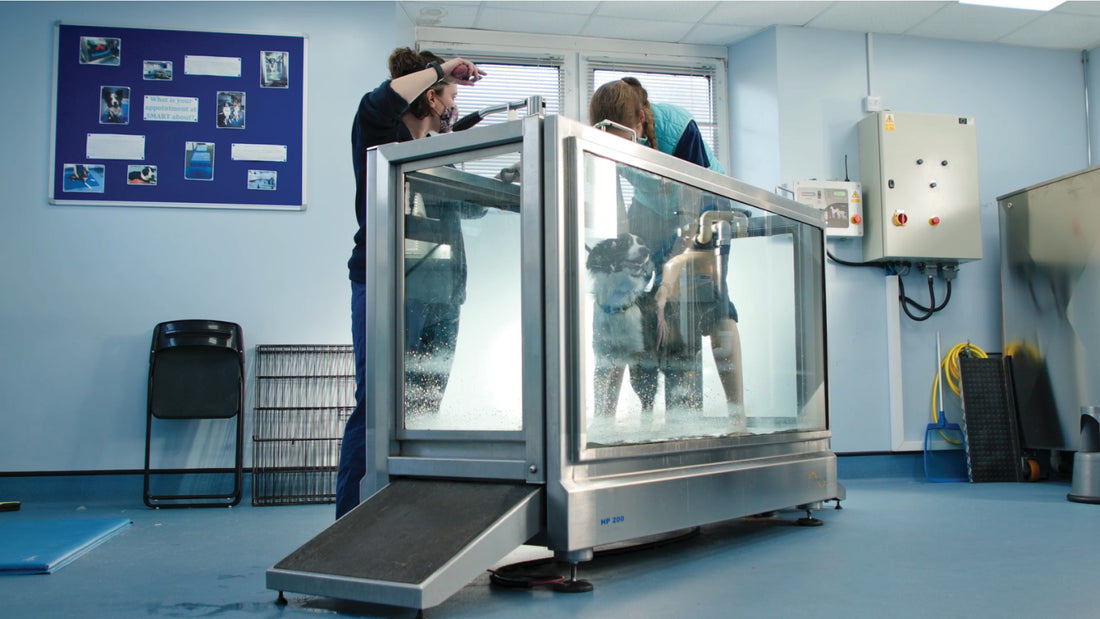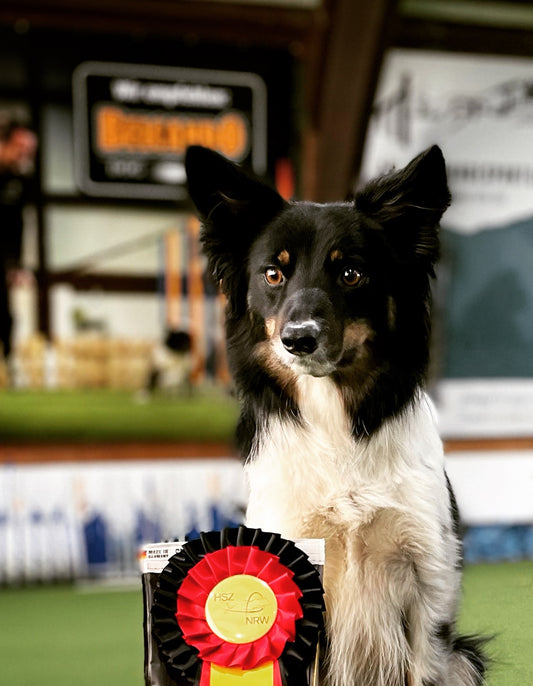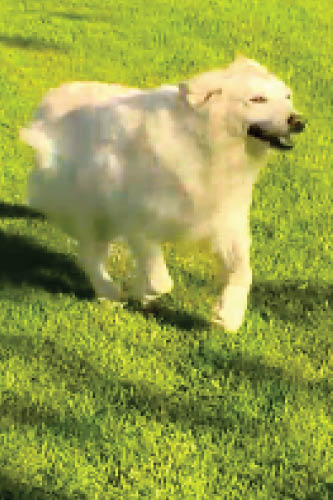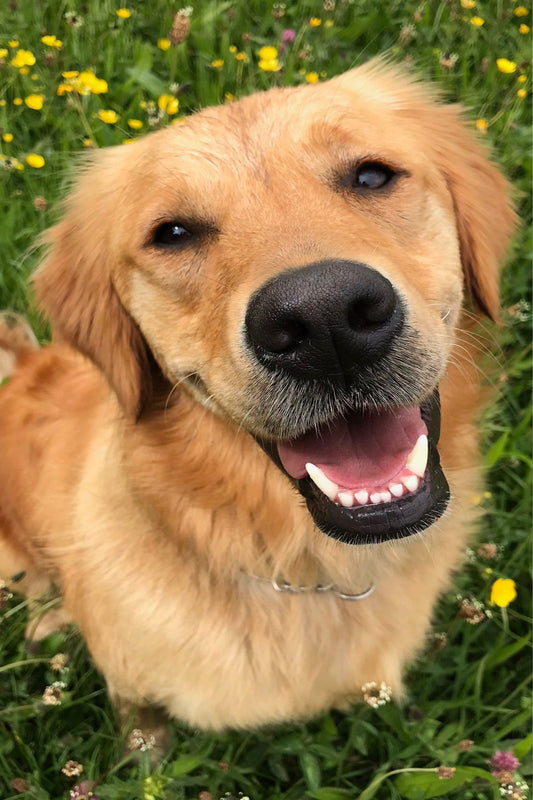What is Veterinary Rehabilitation Therapy?
Veterinary physical therapy, or rehabilitation therapy, uses a range of non-invasive techniques to improve your pet's mobility, reduce pain associated with exercise, and improve their quality of life.
Therapies are practical and exercise-based, using a variety of tools and techniques to aid in your pet's recovery.
Does my pet need to see a physical therapist?
Pets may see a veterinary physical therapist because of an injury, after surgery, or because of performance or behavioral issues. Dogs and horses are the most commonly treated pets, but cats and other animals are also often seen in clinics.
What happens at my pet's rehab appointment?
Your veterinary rehabilitation specialist will discuss your pet's condition at your first appointment, having already been in touch with your veterinarian to understand their medical history.
You will conduct a thorough physical examination of your pet, looking at how they move and the range of motion of their limbs. They will assess their gait, general condition and life at home - how much exercise they get, how they use stairs and their diet.
Every therapist is different, but you should expect them to work with you to develop a plan of action for your pet. You can conduct hands-on treatment, exercise your pet, and discuss nutritional support.
Between appointments, you and your pet will have exercises and activities to do together, and they may recommend supplementing together. Please don't be offended if they suggest your dog or cat needs to go on a diet. Losing a few inches from the waist does wonders for the mobility of overweight pets, and maintaining a healthy weight is vital to your pet's long-term health and well-being.
What tools and techniques do animal physiotherapists use?
Depending on your pet's condition, your physical therapist will use a variety of techniques and tools to get your pet moving again.Massage and manipulation techniques
- Practical techniques include deep tissue massage, stretching, and non-weight bearing passive range of motion exercises.

treadmills and hydrotherapy
- Treadmills can be land-based or specialized to fill with water. Your pet can exercise in a safe environment, with increased support if needed - by controlling both the speed and incline of the treadmill. Some clinics even have specialized hydrotherapy pools.

obstacles
- Also known as balance therapy; Your veterinary physical therapist will use wobble boards, balance balls and obstacle courses to more specifically activate and develop your pet's muscles - increasing range of motion and developing proprioception (knowing where their limbs are). This, combined with manipulation techniques, are the most common forms of therapy.
Therapeutic Ultrasound
- Therapeutic ultrasound is particularly good at reducing inflammation and swelling, and is different from the diagnostic ultrasound you may be familiar with from pregnancy scans. Therapeutic ultrasound gently heats body tissues, improves circulation and allows muscles, tendons and ligaments to be stretched.
laser therapy
- Cold laser therapy uses infrared radiation aimed at your pet's soft tissues to speed up the body's healing process. It is often used in osteoarthritis.
nutritional support
- Weight control plays an important role in recovery. A quality diet will help build muscle, and weight loss will reduce stress on the musculoskeletal system while improving your pet's overall health.
- Your veterinary rehabilitation therapist may also recommend joint supplements or nutritional supplements, especially if your pet has arthritis. These support your pet's joint health from within and are an important piece of the puzzle of techniques used to maintain your pet's long-term mobility.
heat and cold therapy
- Cold therapy is often used within the first 72 hours after an injury to reduce inflammation. Later, heat therapy can increase blood flow to the affected areas, promoting natural healing and reducing pain. It is particularly useful for long-term conditions such as arthritis.

How long does physical rehabilitation take?
- Each session lasts between 30 minutes and a few hours. Physiotherapy is not a quick fix. You should expect to see your therapist for multiple sessions over the course of a few days, weeks, or months.
What happens next?
Hopefully, with treatment, the right exercise, and nutritional support, your pet will start feeling like he used to. Cheerful, active and in everything!
In some cases, your therapist will recommend long-term treatments, exercise, or supplements that you can use to continue your pet's life - and support them into old age.
Find a veterinary physical therapist
Talk to your veterinarian to be referred straight to a specialist clinic. Or find a veterinary physical therapist here .









